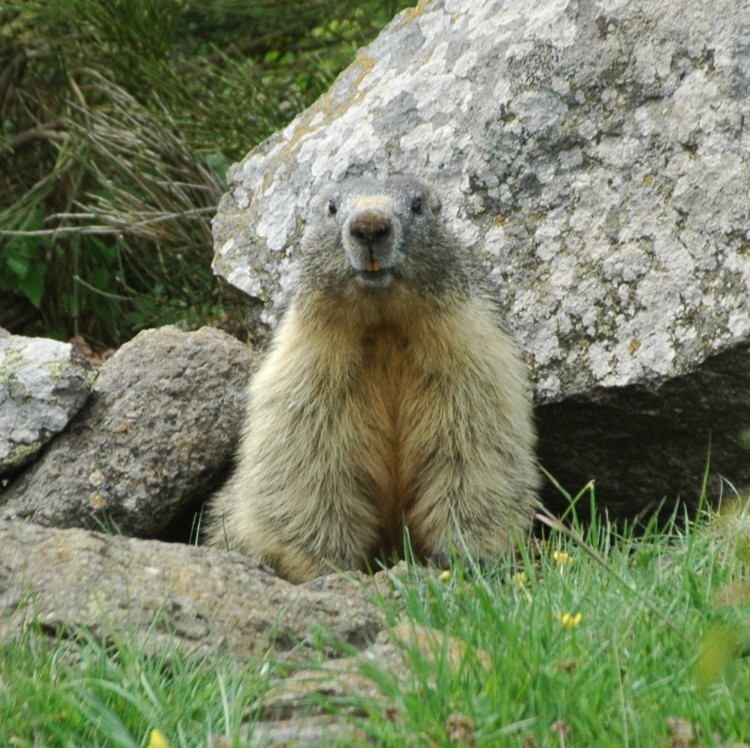Distribution of the Mezenc Marmots |
|
Today Thursday 21 November 2024, the Sun rises on Mezenc Mount at 08:53 and sets at 18:05. 
Call for CollaborationWe need your marmot observations! |
The siteThe Mezenc Massif is the third highest summit of the Central Massif. It is a collection of old inactive volcanoes reaching 1754 m asl. This massif lies on the watershed between the Atlantic basin or Loire basin (which appears rather as a plateau) and the Mediterranean basin or Rhone basin (more hilly).In spite of an historical absence of Alpine marmots in the Mezenc massif (France), this species has been released in the mountain and subalpine levels of the massif during the 1980's in relation with the ecological conditions of the Massif. The most part of the landscape is open, moors and meadows alterning with forests. Short and cool summers follow long and snowy winters. Another interest was to diversify the wild fauna, in order to support the development of rare predators such as the golden eagle. The Mezenc region is poorly populated, the density of the human population varying from 4 to 10 inhabitants per sq; km instead of a mean 120 i/sqkm in France. And for that reason it was a good place for an introduction attempt. The introduction processAlpine marmots (Marmota marmota) have been introduced from 1980 to 1991 in the surroundings of the Mezenc Mount, from the site of Gandoulet.Since 44 years, these animals are well established and now 148 family groups are known, distributed on 37 communes (districts). In 2018, more of 0 marmots have been registered in the surroundings of the Mezenc Massif. The Regular MonitoringSince 1988, more of 200 sq. km are monitored each year from April to September. The monitoring process includes five countings per year for each family group and the census of new marmot settlements. An active network of residents contributes also to the search for new settlements.The analysis of the monitoring results will allow to define if this new installation trends towards declining or towards an invasive process. On the long term, the monitoring will bring data for the study of a possible allopatric speciation as defined by Zecchini (2002). |
| météo Les-Estables |
Citation : mezenc.linneenne-lyon.org/index.php - © 2012-2024, Le Berre M., Metral J. (ONCFS), Putz O. (LPO) & Ramousse R.
Dernière modification le 2019-06-21 11:43:25